
Running is one of the best ways to get out and get fit, but injuries do happen. By not listening to your body and ignoring the signs presented to you, you can potentially do lasting damage.
Most if not all injuries can be avoided by preparing properly but in the case you do get hurt don’t fret, most niggles and knocks people pick up whilst logging some miles are quite easily fixed.
Here at PHYSIOMOTION 3D we’ve seen every forms of running related injury you can imagine. Here’s our list of the seven most common running injuries and how you can avoid them.
1. Achilles Tendinitis

HOW DOES IT FEEL?
Pain near your heel running along the back of your leg.
WHAT EXACTLY IS IT?
In very simple terms, it is when the largest tendon in your body, the Achilles, becomes inflamed. The Achilles connect your heel bone to your calf muscles.
HOW DO I FIX IT?
Firstly, stop your running routine for a few weeks and replace it with something low-impact. Tendon problems in general are quite stubborn as they take far longer to settle than regular muscle injuries so you’ll have to be patient. Ice and anti-inflammatories should be your first port of call and also a visit to your local physiotherapist is recommended.
2. Shin Splints
HOW DOES IT FEELl?
This will be a relatively sharp pain that runs down the inside or outside of the shin, this pain usually comes on at the start of a run.
WHAT EXACTLY IS IT?
A very common form of inflammation of the tendons or muscles located around the shinbone.
HOW DO I FIX IT?
Ice, rest and more ice. Stretch your calf muscles regularly and as much as you may want to hear it, skip the running for at least a week or two until you feel like the pain has gone. You can attempt some runs if you wish, but definitely scale it back.
HOW DO I AVOID IT?
It’s primarily new runners that are particularly prone to shin splints, however if you have not ran in awhile or have been injured for some time you can fall foul. Generally this happens because after injury runners attempt to throw themselves back in at the pace they were travelling prior to their spell on the sidelines, you need to gradual increase your speed and distance. Don’t over do it!
3. Plantar Fasciitis
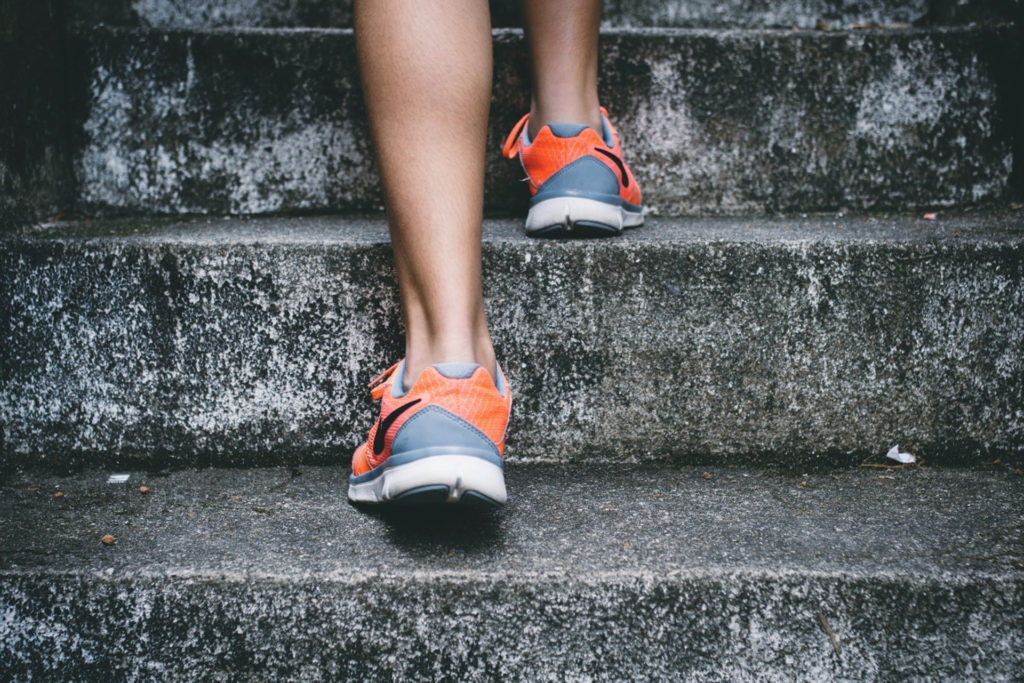
HOW DOES IT FEEL?
This will feel like a niggling pain along the sole of the foot, back towards the heel. People report this feeling to be very prevalent when getting out of bed.
WHAT EXACTLY IS IT?
An irritation of the plantar fascia, this is the band of connective tissue that connects the forefoot to the heel and offers arch support.
HOW DO I FIX IT?
One of the best fixes we have seen is to grab a water bottle, fill it up and freeze it – Then you can rest the sole of your foot on the bottle, this will offer some relief and should aid the healing process. You can also stretch it out, sit with your ankle on the opposite thigh, hold your big toe and pull it very gently away from the foot, ten reps, three times a day.
HOW DO I AVOID IT?
Generally speaking those with high or low arches are more susceptible so try to avoid shoes with a big heel, as these shorten the calf muscles and also things like flip flops or very flat sandals, these provide very little arch support. If you’re worried that your running footwear or everyday shoes are negatively effecting your body, it may benefit you to have some orthotics fitted. If you’re struggling with plantar fasciitis, you may benefit from an evaluation with our Footstep3D service. This software utilises 4000 sensors to record how hard and when your foot strikes the ground, highlighting distribution of force, pressure and any ankle deformities. This allows us to accurately diagnose any abnormalities.
4. Hamstring Strain
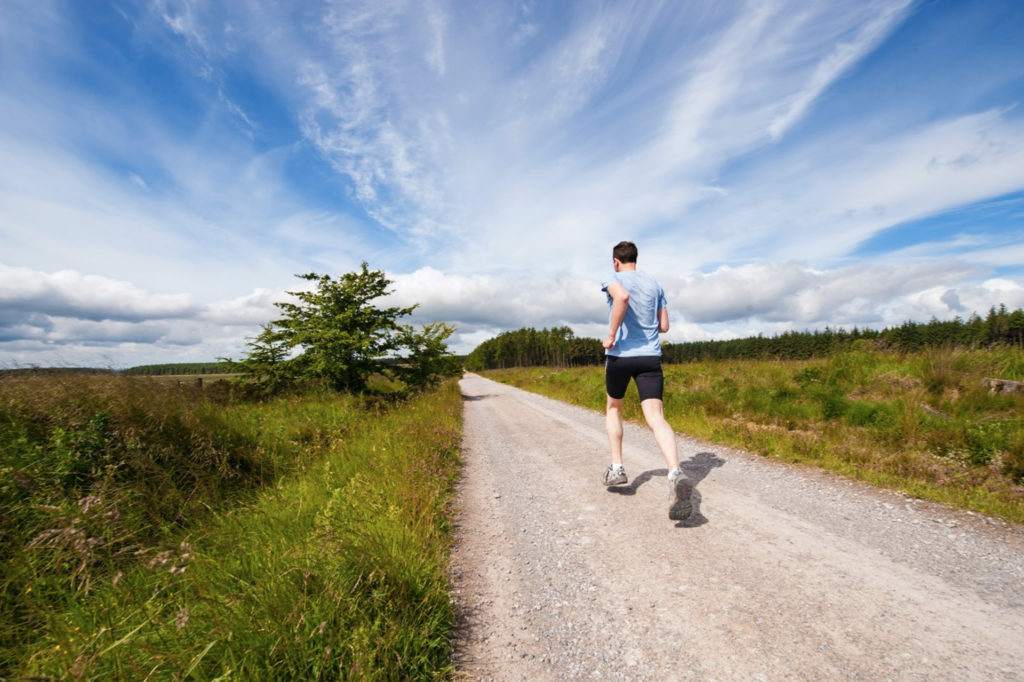
HOW DOES IT FEEL?
A sharp pain down the back of the leg.
WHAT EXACTLY IS IT?
Often times can be as simple as an overstretch of one or more of the three muscles located in the back of the leg, however sometimes it can indicate a small tear in a muscle.
HOW DO I FIX IT?
Icing and a significant rest period. This really depends on a number of factors so it’s important to listen to your own body here.
HOW DO I AVOID IT?
Improving your core strength is vital here, especially the core. You can engage in plank lift and side-laying leg lifts to help the body avoid another flare up.
5. Iliotibial band Syndrome (ITB)
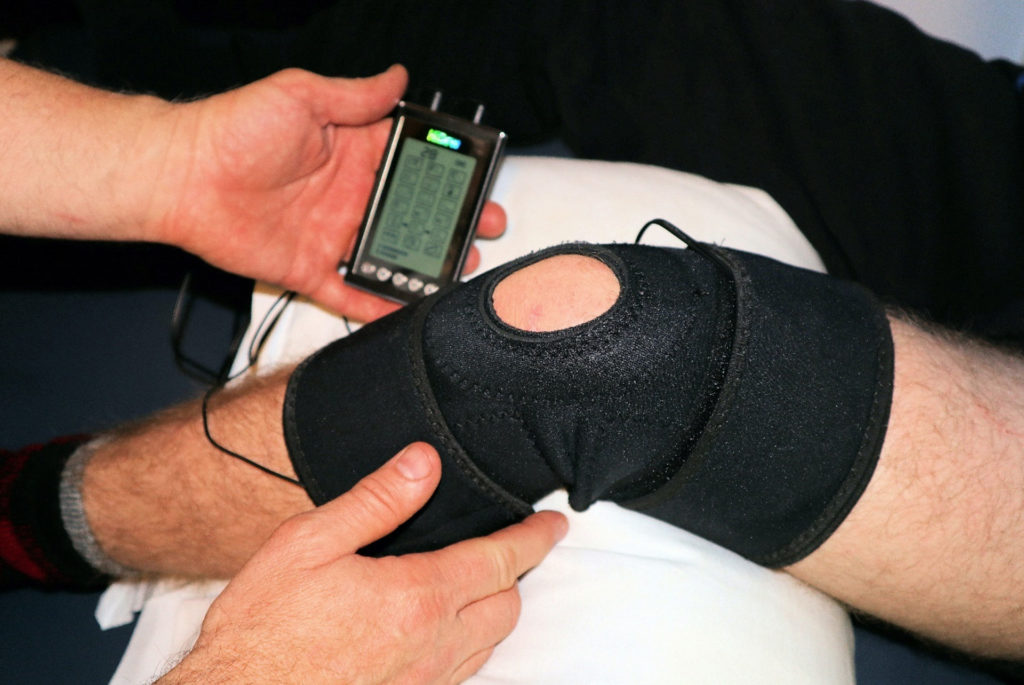
HOW DOES IT FEEL?
A knowing pain around the outside of the hip or knee.
WHAT EXACTLY IS IT?
The ITB is a very thick tendon that runs from the knee all the way up to the hip. When this becomes tight it can adversely affect the bursae (Fluid sacks effectively) that are located on the knee and hip joints, this tension on the bursae can cause swelling, which in turn causes the pain.
HOW DO I FIX IT?
You need to really scale back the running. Dial back your efforts by at least 50% or better yet, take a few weeks off completely. You can still engage in some low impact activities like cycling. Many runners have reported excellent results by undergoing dry needling also, as this targets localised areas of discomfort and can significantly reduce pain.
HOW DO I AVOID IT?
Foam rollers are your best friend. Regularly roll the sides of your hips in order to break up tissue adhesions. To strengthen the area introduce some hip raises into your weekly routine.
6. Runners Knee
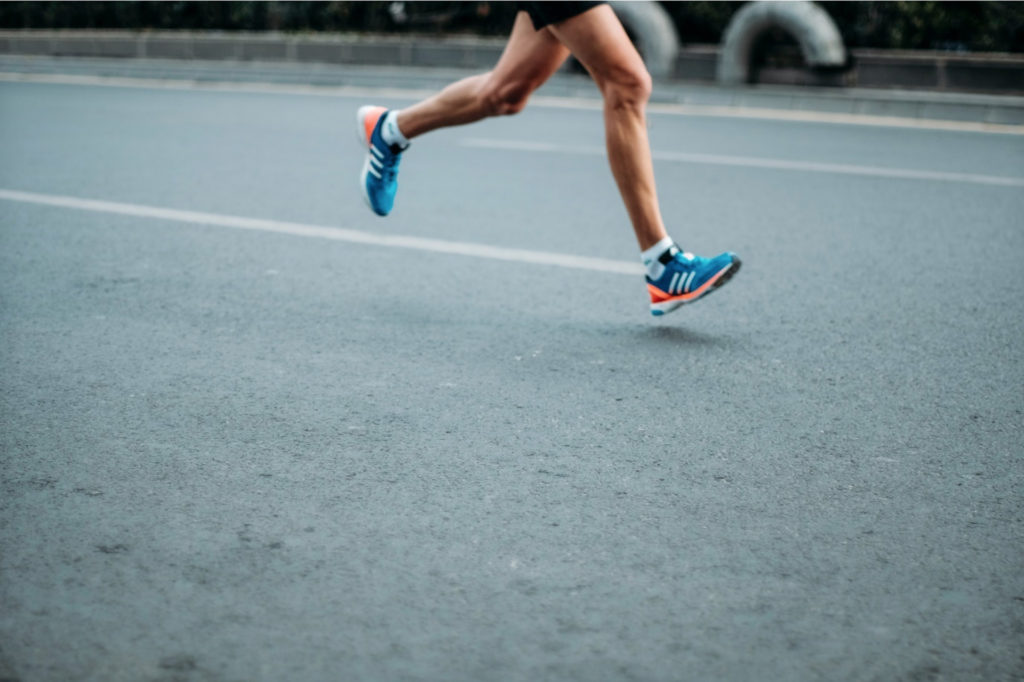
HOW DOES IT FEEL?
A pain near or on the kneecap that has a tendency to get worse as you descend a hill or come down a stairs.
WHAT EXACTLY IS IT?
The cartilage under the kneecap has become irritated or potentially it could be a strain of the tendons underneath.
HOW DO I FIX IT?
Ice the affected knee for 15 minutes immediately after running. Decrease the frequency and distance of your run by half and definitely avoid runs on consecutive days.
HOW DO I AVOID IT?
Runners knee is usually a result of weak hip-rotator muscles, so you’ll want to focus here. Start strengthening the outer hip areas with some side leg lifts.
7. Piriformis Syndrome
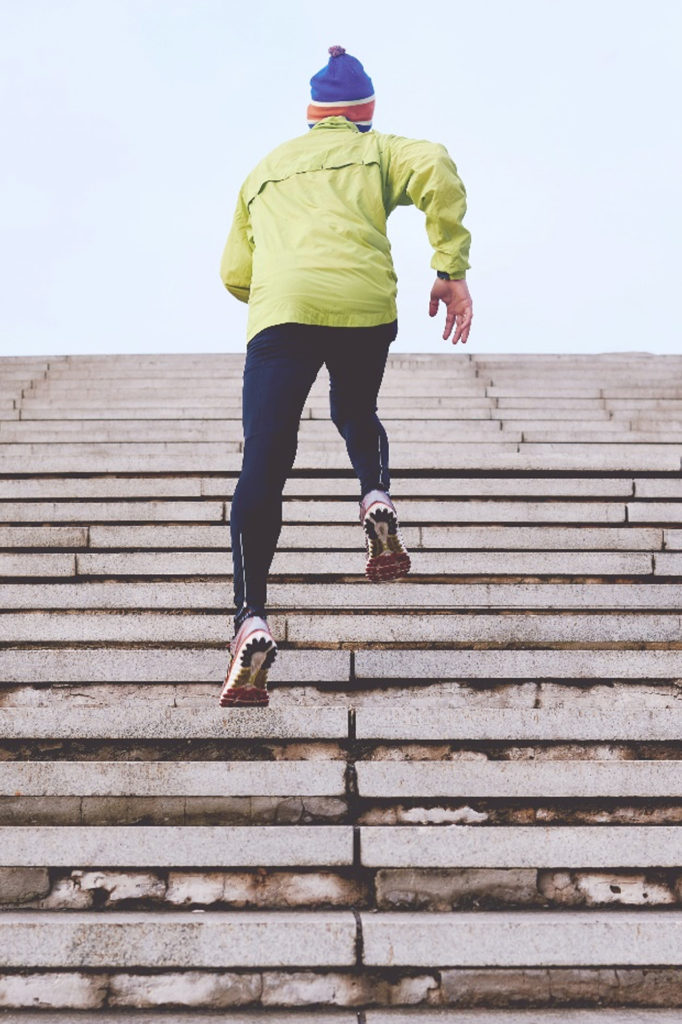
HOW DOES IT FEEL?
This can present itself as tingling, pain or even numbness beginning in the glute area and travelling down the leg. This often becomes worse as you sit or climb a flight of stairs.
WHAT EXACTLY IS IT?
This is a result of the piriformis muscle, which is located deep down behind the glutes, pressing against the sciatic nerve.
HOW DO I FIX IT?
Stretches and rest. Begin by sitting with the ankle of the affected leg crossed over your opposite thigh, lean forward and hold for 15 seconds. 3-5 reps per side.
HOW DO I AVOID IT?
Try to avoid running on uneven surfaces and add exercises that will strengthen the hip abductors, side-lying leg lifts will work well.
General Preventative Measures
Preparation is key, especially if you are someone that is training quite intensely. There is a number of ways to ensure your body is in peak physical performance, you can engage in sports massage or even utilise a deep tissue massage on a regular basis. This will reduce any inflammation you may have whilst also increasing your overall range of motion and treat any muscular adhesions.
If you’re struggling with any injury niggles or concerns get in touch today. Our Gait Analysis System allows us to carry out a highly detailed gait analysis, which will examine the movement of the joints within the body, leading us to extremely accurately narrow down what the source of your problem is.











